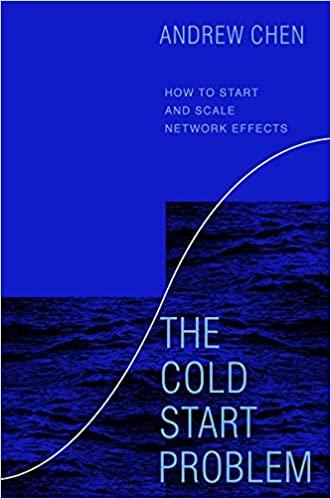
Problem 3: This problem will get you familiar to the idea that investors with different risk aversion coefficients will make different choices when facing the same assets. It will also give you practice with drawing and labeling indifference curves passing through assets on an expected return standard deviation graph. Suppose Owen is an investor with risk aversion coefficient 2, Theo is an investor with risk aversion coefficient 3, and Tony is an investor with risk aversion coefficient 4. They all have utility functions given by U(r) = E(r)--. A . Var(r). There are four assets available in the financial markets. The first asset is risk-free and has expected return given by = 0.02. Asset A is risky and has an expected return of 0.06 and a standard deviation of 0.10. Asset B is risky and has an expected return of 0.10 and a standard deviation of 0.20. Asset C is risky and has an expected return of 0.16 and a standard deviation of 0.30. A. If Owen is choosing one of the four assets to invest all his wealth in, which one would B. Draw and label each asset on the graph that has expected return on the vertical axis C. Draw indifference curves that pass through each asset for Owen. Please pay attention he choose? Why? How about Theo and Tony? and standard deviation on the horizontal axis to the intersection of these indifference curves with the vertical axis. Problem 3: This problem will get you familiar to the idea that investors with different risk aversion coefficients will make different choices when facing the same assets. It will also give you practice with drawing and labeling indifference curves passing through assets on an expected return standard deviation graph. Suppose Owen is an investor with risk aversion coefficient 2, Theo is an investor with risk aversion coefficient 3, and Tony is an investor with risk aversion coefficient 4. They all have utility functions given by U(r) = E(r)--. A . Var(r). There are four assets available in the financial markets. The first asset is risk-free and has expected return given by = 0.02. Asset A is risky and has an expected return of 0.06 and a standard deviation of 0.10. Asset B is risky and has an expected return of 0.10 and a standard deviation of 0.20. Asset C is risky and has an expected return of 0.16 and a standard deviation of 0.30. A. If Owen is choosing one of the four assets to invest all his wealth in, which one would B. Draw and label each asset on the graph that has expected return on the vertical axis C. Draw indifference curves that pass through each asset for Owen. Please pay attention he choose? Why? How about Theo and Tony? and standard deviation on the horizontal axis to the intersection of these indifference curves with the vertical axis







